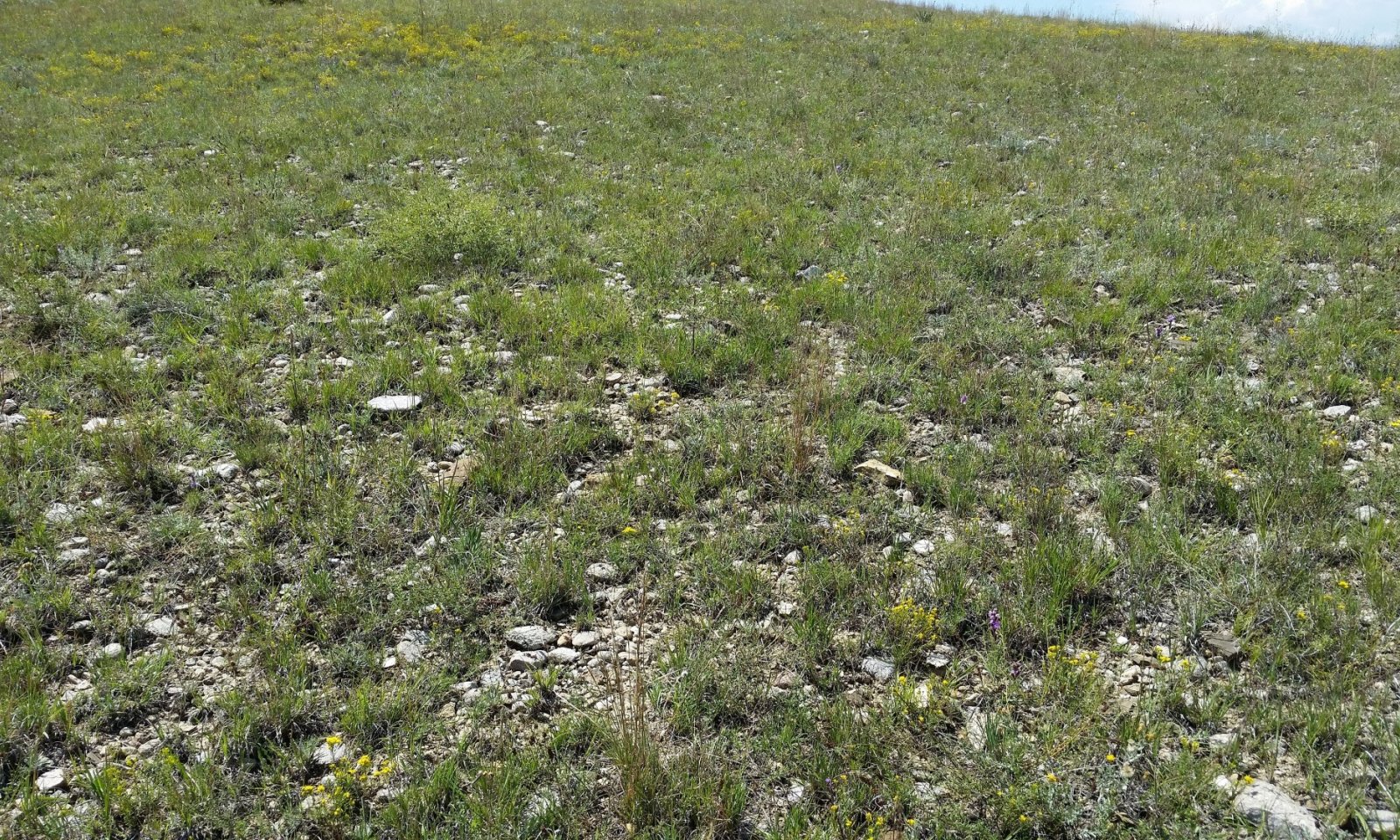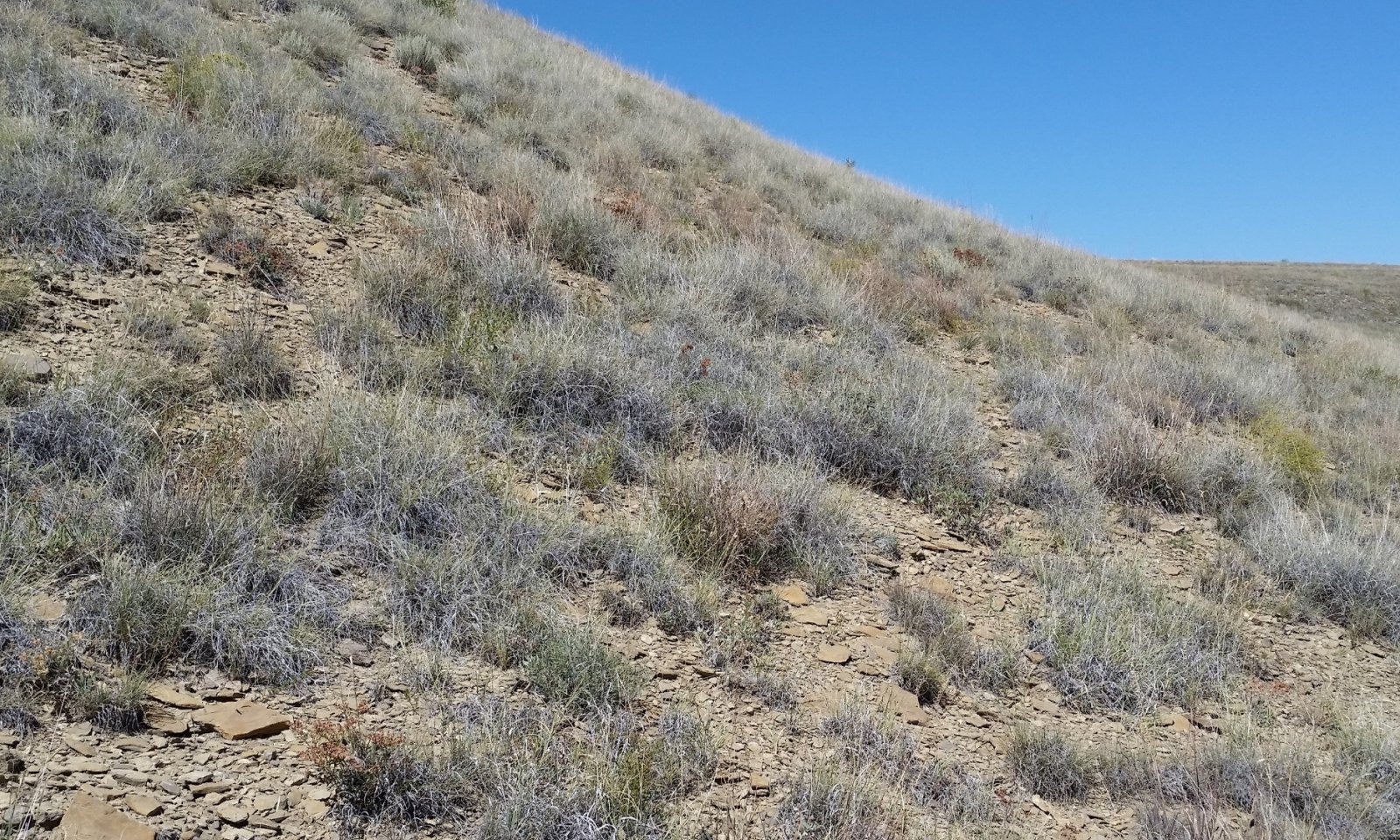
Slopes
Scenario model
Current ecosystem state
Select a state
Management practices/drivers
Select a transition or restoration pathway
- Transition T1A More details
- Restoration pathway R2A More details
-
No transition or restoration pathway between the selected states has been described
Target ecosystem state
Select a state
Submodel
State 2
Degraded State





Submodel
Mechanism
Season-long grazing providing little rest and recovery for preferred grazed plants during critical growing periods, coupled with high utilization. This results in the extirpation of big bluestem and/or yellow Indiangrass. Concurrently, early-seral species such as purple threeawn and galleta increase in abundance.
Mechanism
Re-establishment of tallgrass species such as big bluestem and yellow Indiangrass, and a diminishment of early-seral grasses. Prescribed or deferred grazing practices would most likely be an essential component of this process. Seeding and fire may also be necessary.
Context dependence
This pathway will most likely proceed from Community 2.1, since trees are expected to suppress the growth of grasses.
Model keys
Briefcase
Add ecological sites and Major Land Resource Areas to your briefcase by clicking on the briefcase (![]() ) icon wherever it occurs. Drag and drop items to reorder. Cookies are used to store briefcase items between browsing sessions. Because of this, the number of items that can be added to your briefcase is limited, and briefcase items added on one device and browser cannot be accessed from another device or browser. Users who do not wish to place cookies on their devices should not use the briefcase tool. Briefcase cookies serve no other purpose than described here and are deleted whenever browsing history is cleared.
) icon wherever it occurs. Drag and drop items to reorder. Cookies are used to store briefcase items between browsing sessions. Because of this, the number of items that can be added to your briefcase is limited, and briefcase items added on one device and browser cannot be accessed from another device or browser. Users who do not wish to place cookies on their devices should not use the briefcase tool. Briefcase cookies serve no other purpose than described here and are deleted whenever browsing history is cleared.
Ecological sites
Major Land Resource Areas
The Ecosystem Dynamics Interpretive Tool is an information system framework developed by the USDA-ARS Jornada Experimental Range, USDA Natural Resources Conservation Service, and New Mexico State University.

